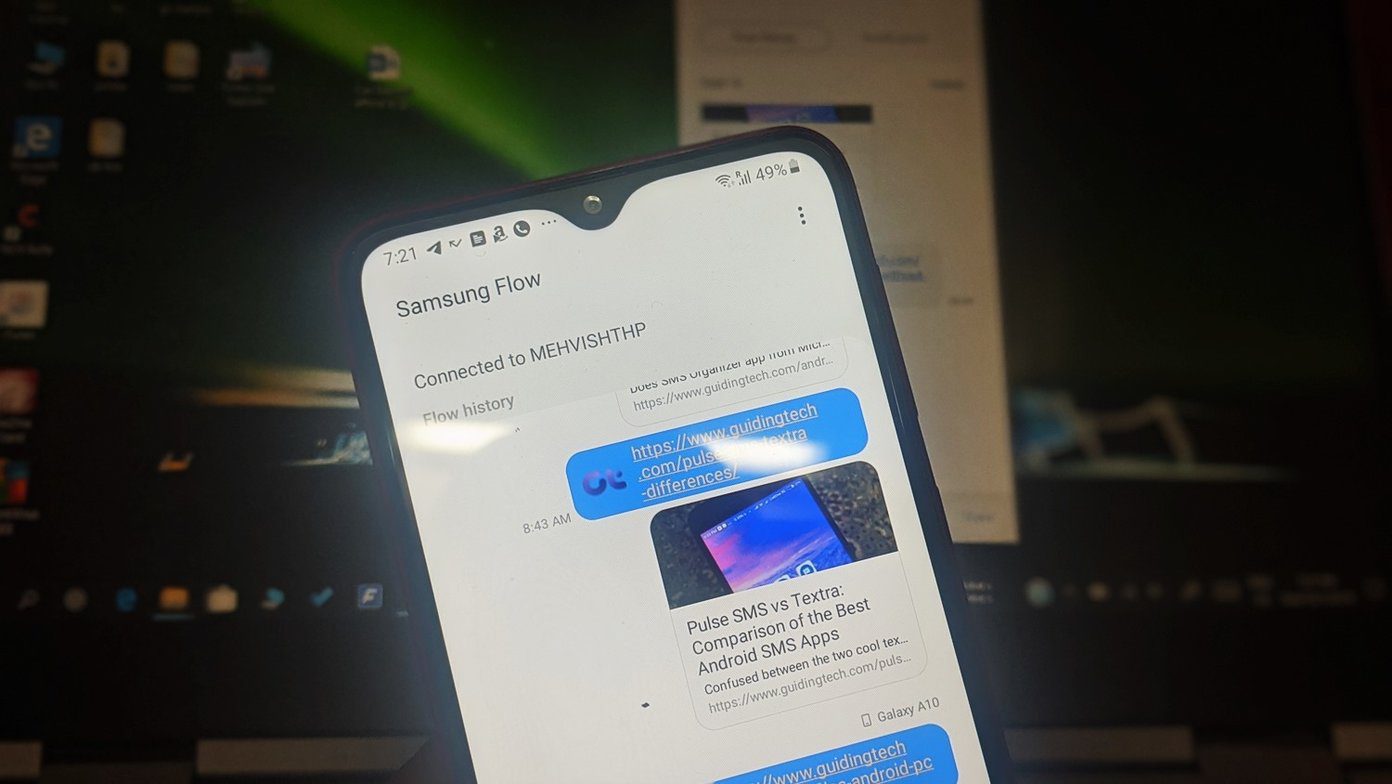Make Sure Your Mac Isn’t Just Confused
If your backup has trouble booting and you aren’t sure what’s wrong, the first step is to run Apple’s Disk Utility. We cover basic Mac hard disk troubleshooting here. If these programs don’t fix your symptoms, it’s time to go searching your hard drive for your critical stuff.
Decide What You Need to Recover
If you don’t have a regular backup of your Mac, you might have everything you need somewhere else. That avoids added cost and time for recovery. The things people typically miss on their hard drive are:
Emails
If you use web-based email, your email is on their server. You might have had a copy on your Mac, but services like Gmail or Yahoo have a copy also. If it isn’t web-based, it may be IMAP based. That means the email server has a copy of your emails. Before you try to recover those, log into your email from the web and see if everything is there. If you don’t normally use the web to check your mail, you might have to contact your email provider to find the web interface.
Contacts
You probably don’t have many email addresses memorized. You start typing the name and your Mac fills in the rest. Losing those will be a pain, but it might be backed up through iCloud. Check iCloud’s web interface to see what is there. If you can get to your email through the web, your address book might also be in the cloud. If not, you might be able to find the addresses of everyone you need through old emails with programs like Email Contacts Extractor.
Pictures
In my experience, pictures are the things people miss the most. They are moments in time that won’t happen again.
Music
If you bought the music from iTunes, Apple lets you download it again. Other online companies usually let you download it again. If you have the original media like the CD, you could copy the music over again. It might be a pain to rip the disks, but you won’t need to buy or use recovery software.
Office-style documents: text, spreadsheet, presentations, and databases
If you have the documents printed out already, you can use OCR software to extract the information. You might check to see if you emailed the documents to someone else.
Software and Application Programs
Most of the time you can download the program again or install it from disk. Even if you do run recovery software, it might not get the serial number or all the helper files.
Other stuff created through a program: financial documents
This category is “the rest” of the stuff you might need on your hard disk.
Old Tricks That Won’t Work
You might have heard over the years some unusual ways of recovering data. The most common example is putting the drive in a freezer. That trick works only in the most limited circumstances and runs the risk of damaging your drive further. Another trick is to open the drive and attempt to fix the mechanical problems yourself. Unless you have a clean room, this is another trick to avoid. In spite of these caveats and if you’ve tried the options below, it might be worth a try. Remember that these tricks are likely to permanently damage the drive.
All-In-One Tool: Data Rescue One
If your Mac’s drive is failing, that means you can’t boot off of it. You’ll need a bootable operating system to run data recovery software from. If you don’t have another Mac to run the program from you are out of luck.
Before You Go Any Further!
Don’t install this (or any other program) directly on the computer you’re trying to recover data from. Instead, copy the model Prosoft uses for Data Rescue One. Buy an external hard drive and download your recovery software onto that external hard drive or a USB flash drive. Do your recovery from that external hard drive. You want to leave the failing hard drive alone. If the data is absolutely critical, you might consider services like DriveSavers. They’re expensive, but they have clean rooms for data recovery. If you try recovery yourself and fail, you could damage the disk enough that nobody could recover the data.
Pay-As-You-Go: Data Rescue Mac
If you only have a few items you need to recover, Prosoft also has a pricing model that charges you based on how much stuff they get back. If you need to recover less than 2GB, the program is free. The next level is “Lite” which gives you 250GB of data for $49. Finally, they have unlimited recovery for five drives at $99. What’s unique about this is you can start with the free version and pay more as it finds more data. If your drive is too far gone to recover any stuff, you’re not out any money.
Other Data Recovery Programs
Prosoft’s has some unique products out there for data recovery. However, they do have some competition. All these programs let you test the recovery for free without paying for it. If it doesn’t find the files you need, you don’t have to purchase it. For ease of use, Mac Data Recovery Guru can’t be beat. After you download the software, pick the drive you need to get data off. Click Start Scan and then select the files you want to recover by clicking the Recover button. It’s that easy! If you want a bit more control over the recovery, Stellar Phoenix Mac Data Recovery lets you recover data from disks that have trouble mounting. The program also lets you tell it what types of files to recover so you don’t waste time with stuff you don’t need. Best of all, it lets you image the drive first. That saves time scanning later. In the past, I haven’t had good experiences with support. The most versatile program out there I found is R-Studio. It has meager system requirements of just 32 MB of RAM and runs on both Intel and PowerPC systems. It can recover not just from standard Mac or PC formatted drives but supports Linux volumes and RAID. The program interface is confusing, but they have an excellent documentation. I like the ability to set the memory usage and the number of attempts at bad sectors.
Avoid This Scenario
The above article may contain affiliate links which help support Guiding Tech. However, it does not affect our editorial integrity. The content remains unbiased and authentic.

















